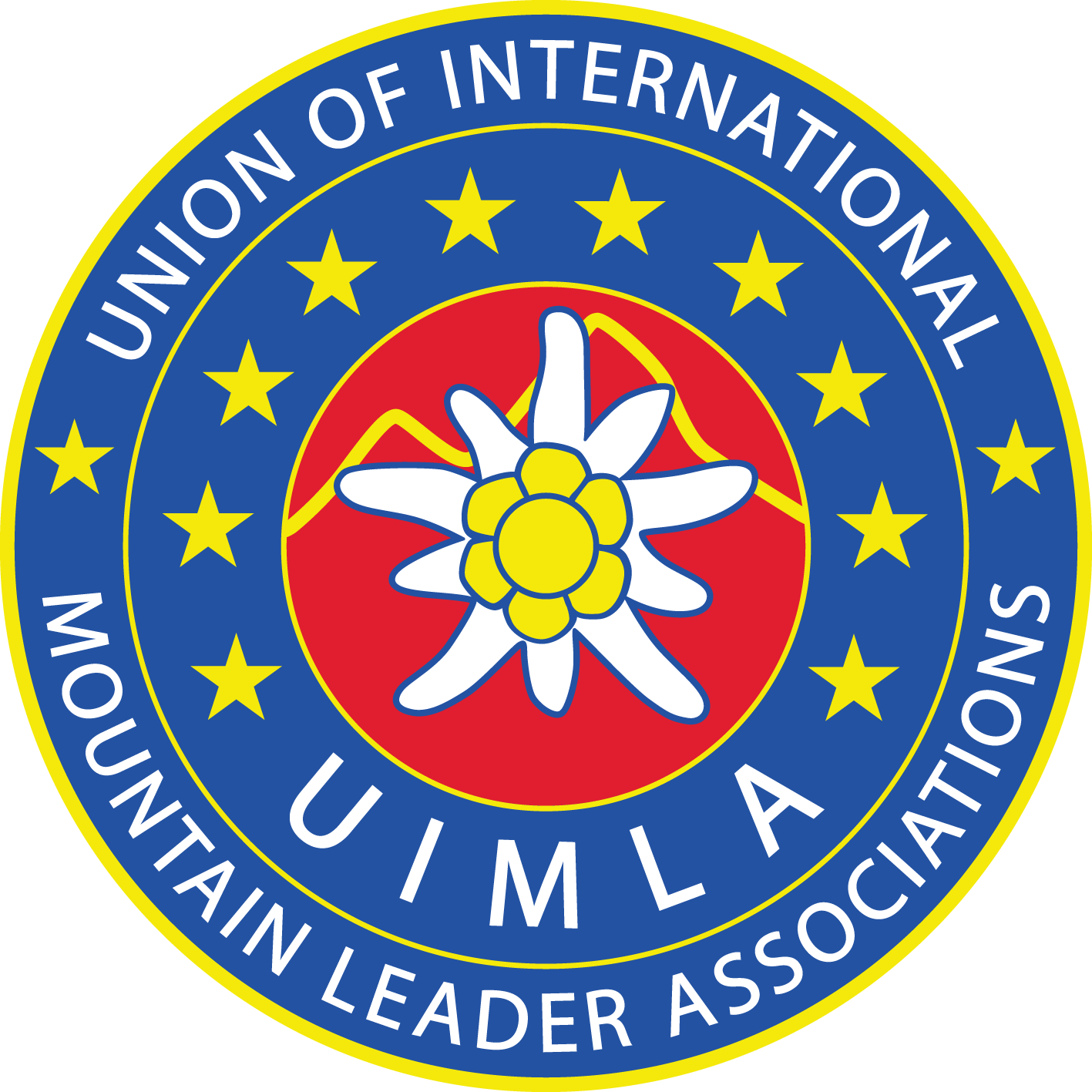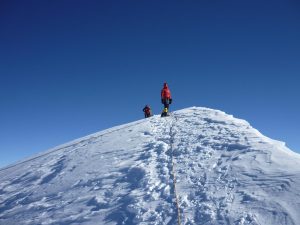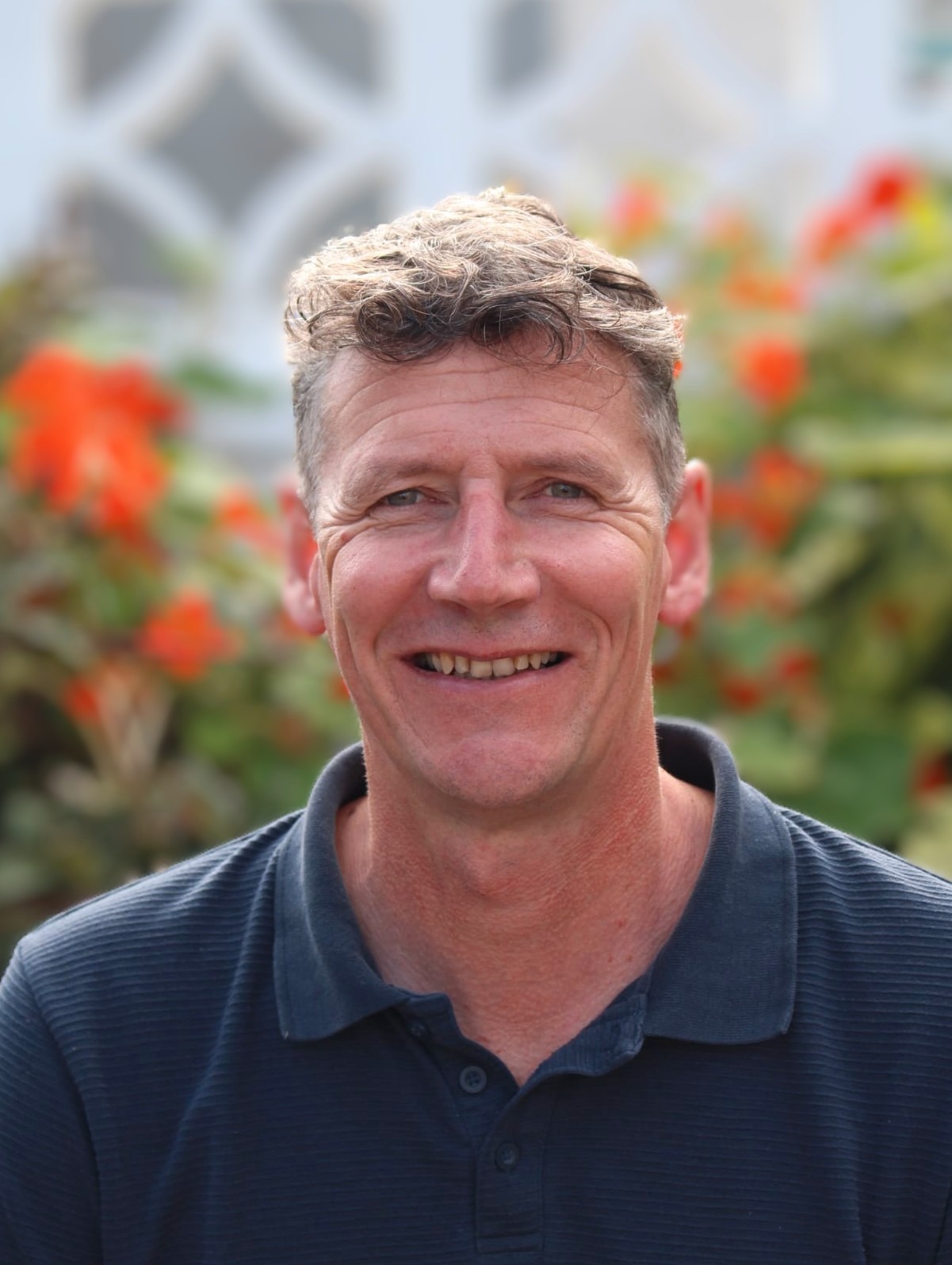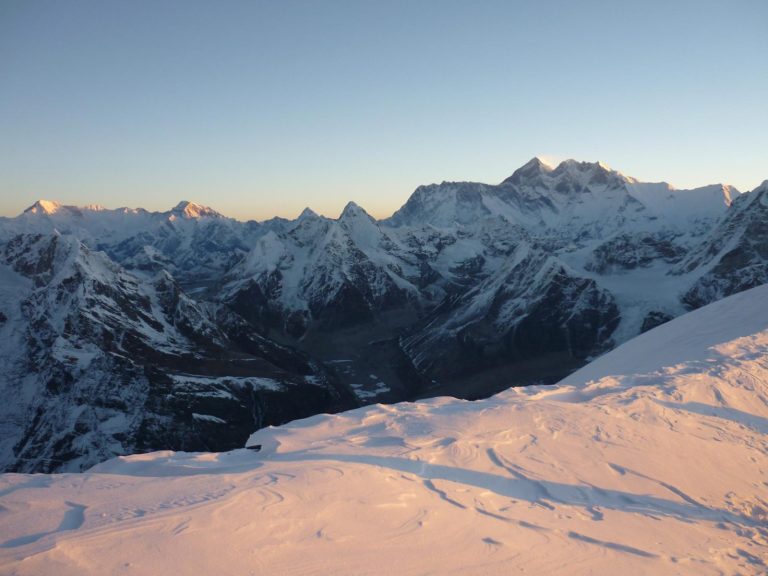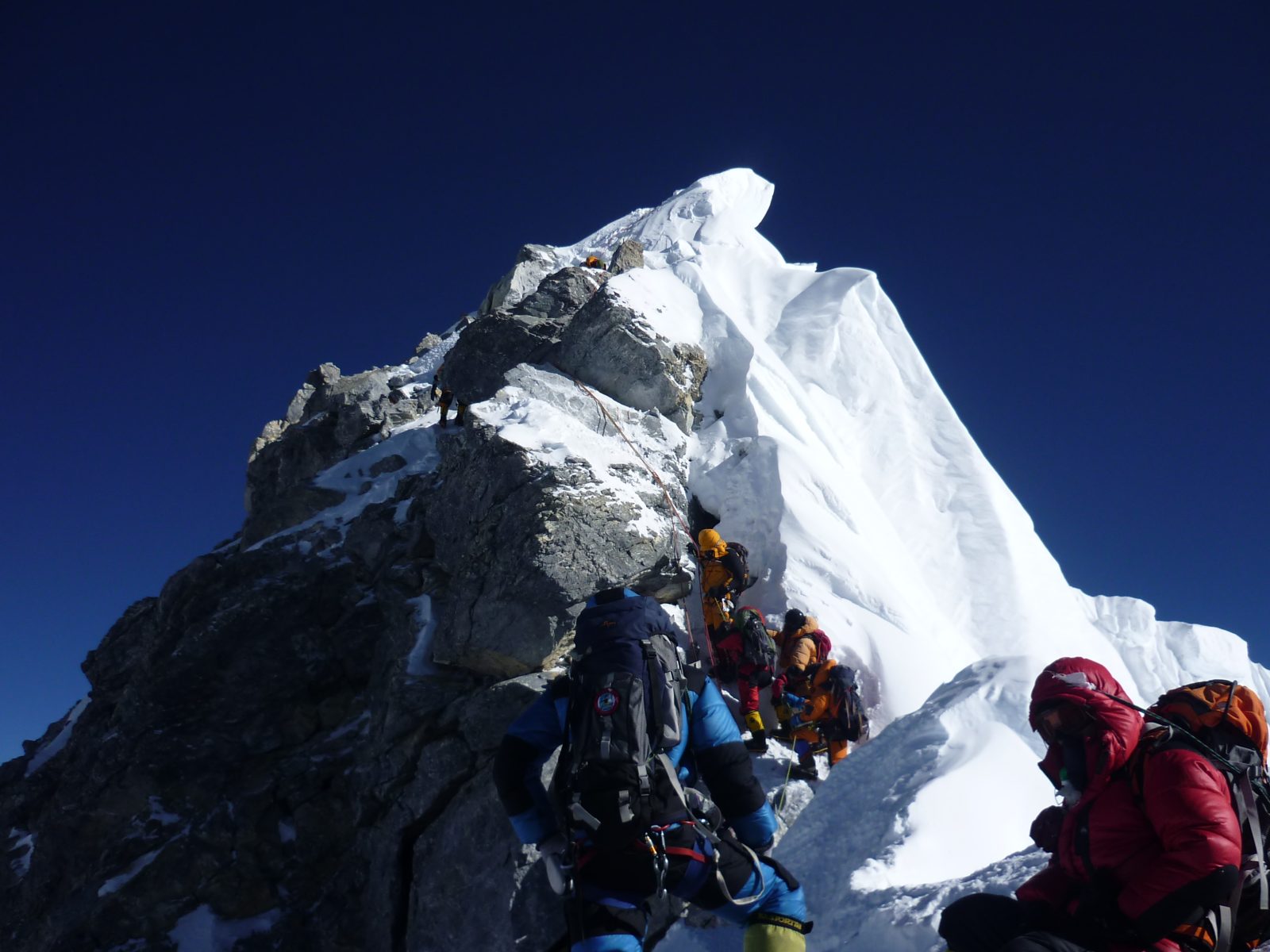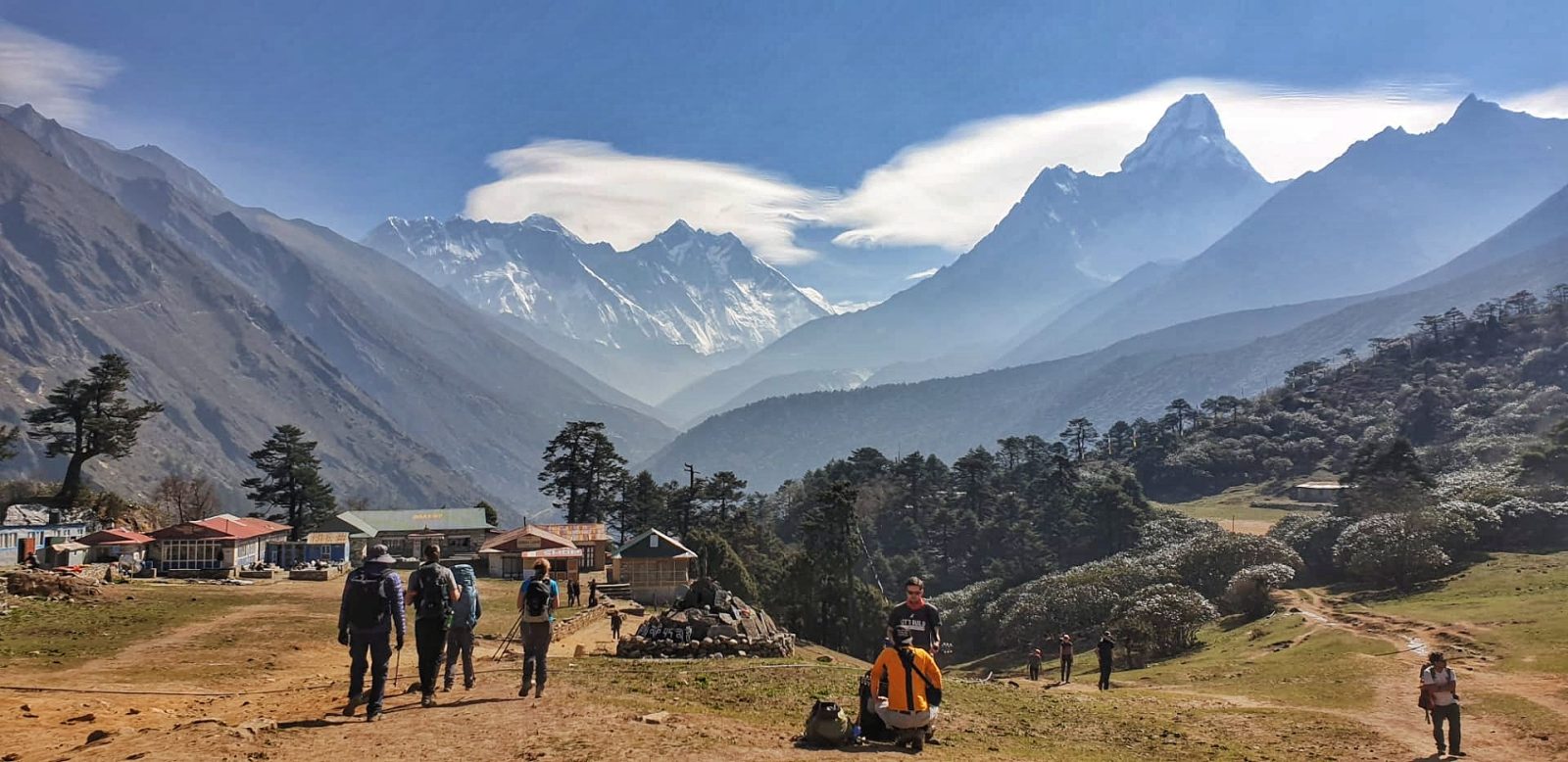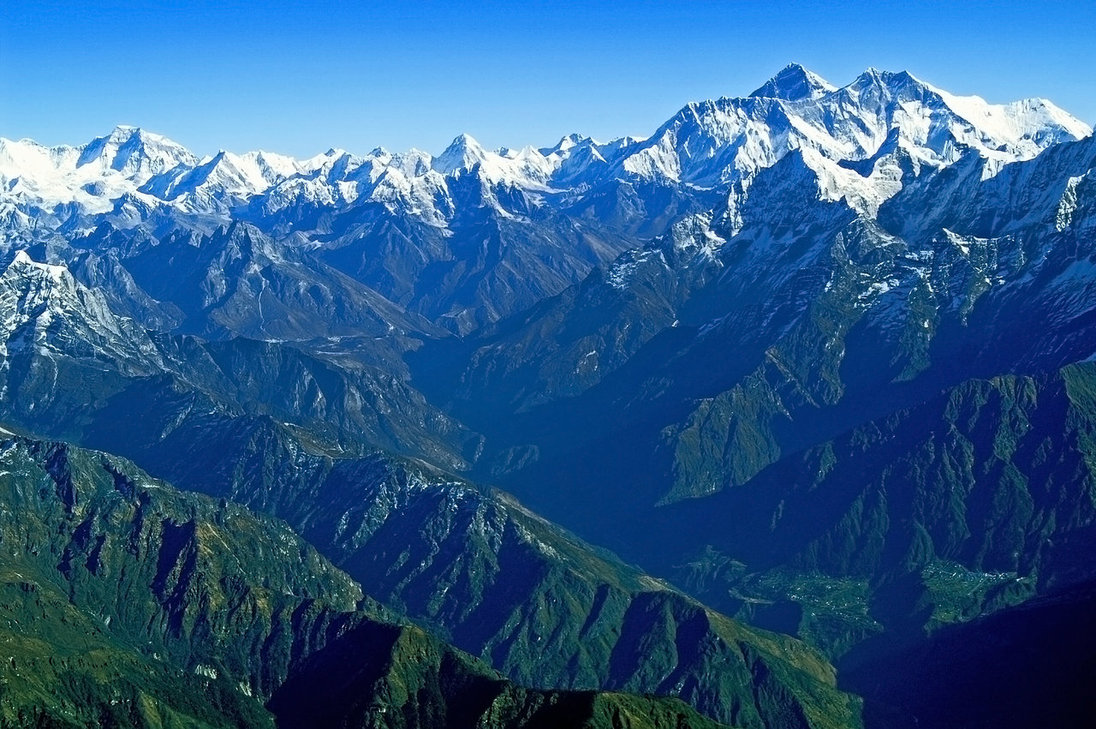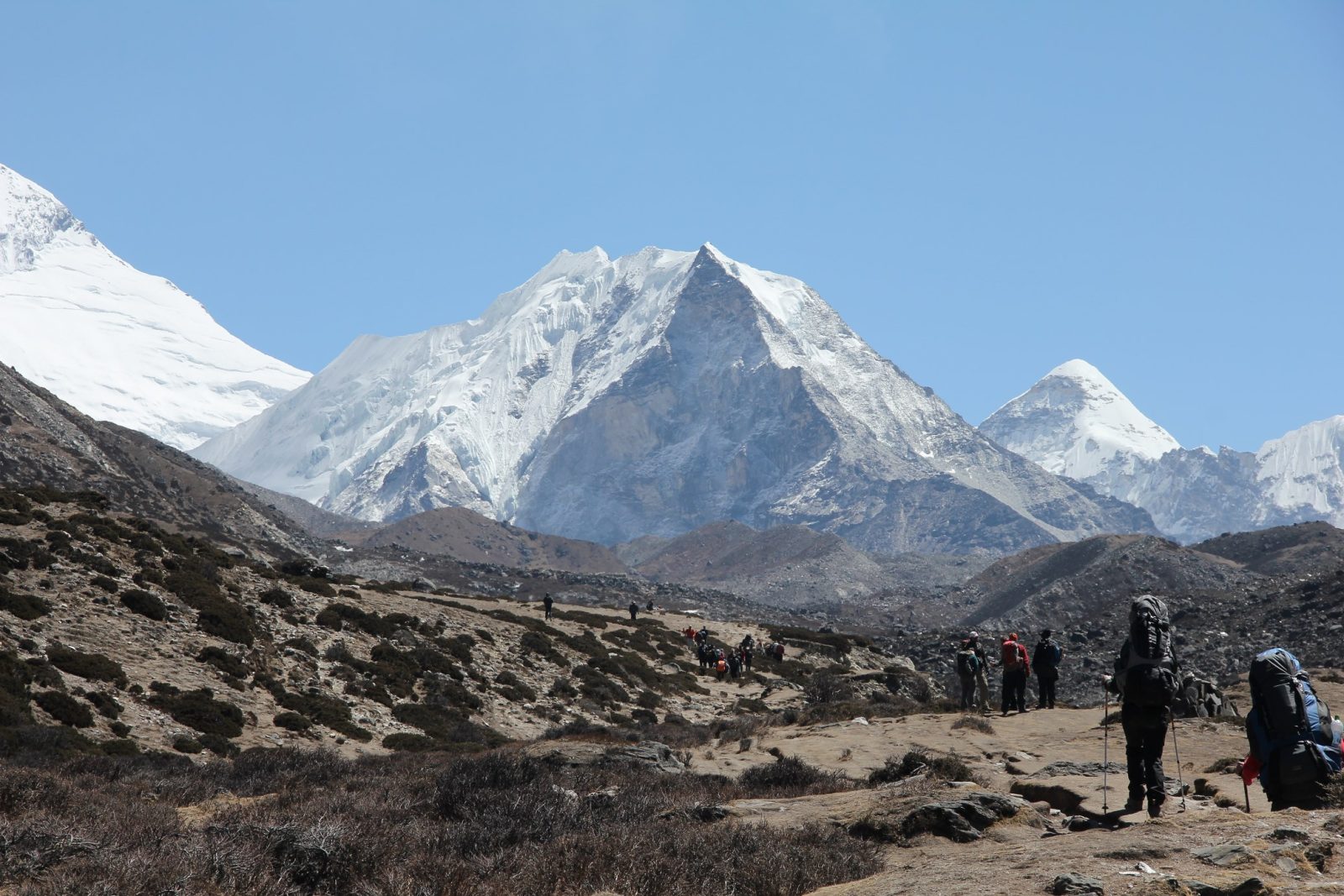
Mera Peak (6476m) and Island Peak (6189m)
This is a 29 day trip to Nepal in total, with 25 days of hiking and climbing in the Nepalese Himalaya to climb the famous trekking peaks of Mera Peak (6476m) and Imja Tse (Island Peak) at 6189m, which are both achievable for someone with good fitness and alpine skills up to PD/PD+.
The route starts from Paphlu and goes up the Hinku Valley into the Makalu Barun region to ascend Mera Peak, then drops down and over the Zetra La (Pass) into Lukla, and then follows the trail up into the Khumbu Valley and then into the Chukkung valley at Dingboche, ascends Island Peak and then comes back down the Khumbu trail to Lukla again.
Overview
This is almost a month long trip in the Nepalese Himalaya climbing two iconic ‘trekking’ peaks, yet both over 6000 metres and both challenging in their own ways. It’s a big expedition requiring mountain fitness and ‘staying power’ throughout. The rewards are worth it though, both significant mountains in their own right.
The standard North route on Mera Peak is a high altitude technically straightforward ascent on glaciated ground with few objective dangers like crevasses. The main challenge is being well acclimatised and mountain fit, and this makes it a popular peak for climbers and adventurous trekkers. The summit has three peaks – North, South and Central – and the highest northern one at 6476 metres offers classic panoramic views of Mount Everest, Kanchenjunga, Lhotse, Makalu and Cho Oyu as well as many other peaks in the Khumbu region. The route to the mountain is along the Hinku Valley and offers a steady rate of acclimatisation.
The North ridge of Island Peak involves a combination of scrambling, moving on a glacier and ice climbing, although the steeper sections of the route are now assisted with a fixed line and the crevasses have ladders spanning them. The peak is actually an extension of the ridge that comes off Lhotse Shar and even at 6189 metres (20,305 feet) it is dwarfed by the huge South-facing Lhotse Wall which is an overwhelming sight and blocks the top of Everest from view.
From Base Camp at around 5100m there is a scramble up to the top of a gully and the snowline after which crampons are put on for a section on glacier to the base of a steep headwall and finally an exposed ridge to the summit. During the season the route is normally fixed but the summit day is still demanding, in particular the abseil descent which is tiring at altitude and well into the day.
What Our Adventurers Think:
I only have good things to say about Adventure Alternative. Gavin, the owner, is very knowledgable and gets personally involved in the trips they’re selling. It’s a caring company — they care about their clients, their staff, and the communities in which they operate. The trek I went on was the best trip I’ve ever made. I could’ve been pushed further, but am happy they took it relatively easy on this as one of my earlier treks. Nice to see I’ve got more to give for future treks/climbs. The guides and porters were excellent, all from the same area, and so knew each other and Gavin. They were knowledgable, fast, strong and trustworthy. I will not hesitate to use Adventure Alternative again. They are good guys (and girls) and that is vital to me, and very personable. Encountered some other trekking companies, but they seemed really militant in comparison. Adventure Alternative is highly professional, but also relaxed and good humoured. When we finished our trek we were happy and relaxed, whereas participants from the other company seemed stressed and almost destroyed. I know which company I’d rather go with. Gavin has also set up a charity called Moving Mountains, helping the communities in which he operates. Now that’s really impressive and good hearted in my eyes. Just one more reason why I’d choose Adventure Alternative for any adventures I might go on.Will definitely use Adventure Alternative in the near future again.
Mera Peak and Island Peak itinerary
This is a summary of the Mera Peak and Island Peak itinerary
Arriving in Kathmandu on the first day, with the second day overcoming jetlag and sightseeing and preparing for the trip. There will be a briefing with the guide and office staff and this is when you can pick up any rental items you have included in your trip.
The drive to Phaplu takes a day and trek up to Khare at 4659m over eight days through the solu Khumbu and the Barun Valley to reach the last village before Mera Peak. Gear hire is possible in the lodges.
Five day climbing period. Hike up to Mera La (Pass) at 5350m, then High Camp, summit and back down to Khare. Includes weather and acclimatisation time. Exact layout of days to be decided by the guide depending on conditions and group.
Hike back down to the village of Khote and cross over the Zetra La (pass) to descend into Lukla.
Hike from Lukla to Island Peak (Imja Tse) base camp via Namche Bazaar, Dingboche and Chukkung. Gear hire available in the last village.
Summit Imja Tse and descend to Chukkung or further down to Dingboche. Exact programme to be decide by guide depending on conditions and group.
Trek back down to Namche Bazaar and Lukla.
Flight to Kathmandu. One night in a local hotel. Due to potential for weather delays out of Lukla it is best to fly out earliest on day 29.
Ready to book a trip to climb Mera and Island Peak?
We offer scheduled and private dates. The fixed itineraries below are scheduled and generally attract groups of like-minded people from all over the world but mainly the UK and Ireland, and are never more than five or six people. It’s common to have a couple of individuals, perhaps a couple or a few friends, and the team is then made up with the lead Sherpa and the porters. Depending on numbers and to keep ratios correct we might then use a local guide from the high villages who joins the team for the summit days and who has very up-to-date knowledge of the route.
If you are already a group and would like your own trip then please fill out the enquiry form below and we will then add your dates to ‘private itineraries’.
Once you make a booking then the minimum deposit is £200.00 per person and you can pay with card or by bank transfer in either sterling, euros or dollars. You will then have an account with us that you can access to add in other information such as flight details, passport details and any personal details that you would like us to know about. Final payment is six weeks prior to the trip start.
Once the trip is booked you will then need to book your flights into Kathmandu and arrange your travel insurance which we can advise on, and then choose your hotel in the capital to stay at. In your account you will find sections for booking accommodation and also renting equipment. We have a store of climbing kit, bags and sleeping bags should you want to rent from us.
There is a lot of information below about the climbs and links to relevant pages on this site, but we are of course on hand to help with any queries as you go along.
Fixed Itineraries
| Start Date | End Date | Days | Price (per person) | |
|---|---|---|---|---|
| 17/04/2026 | 14/05/2026 | 28 | £3,595.00 | Book Now |
| 06/11/2026 | 03/12/2026 | 28 | £3,595.00 | Book Now |
Private Itineraries
Our Mera Peak and Island Peak Experts
Chris has been managing trips for Adventure Alternative since 2002 and he specialises in our trips to Tanzania and Nepal. He speaks knowledgeably on all aspects of these trips and has worked closely with the Tanzanian, Kenyan and Nepalese staff for many years. He also leads many of our youth trips in Kenya and Tanzania and has numerous treks and climbs under his belt in East Africa and Nepal.
Chris is married with two children and they live in Portstewart near the sea so that Chris...
Mera Peak and Island Peak cost £3595.00
The price shown is based on a minimum team number of 3 people and there is a single person supplement of £750.00.
INCLUDES
- Airport transfers
- Road transfer to Phaplu (trek start point)
- Internal flight back to Kathmandu / Ramechhap (see Lukla flight section below)
- Accommodation in lodges and tents at base camps
- All meals except additional hot and cold drinks and boiled water
- Climbing permits
- Sagamartha and Barun National Park Fees
- Sherpa guides (English speaking, first aid certificated)
- Porters (each porter carries a maximum of 18kgs)
- Staff evacuation insurance
- Group climbing gear, such as fixed lines and anchors, tents, cooking equipment and high camp food
- Summit bonus for the guides (£450)
EXCLUDES
- International flight to Kathmandu
- Accommodation in Kathmandu – you can choose accommodation yourself when you book, or book yourself elsewhere
- Kathmandu City Tours (we can organise this for you)
- Meals and drinks in Kathmandu
- Road transfer from Ramechhap to Kathmandu if required (see Lukla flight section below)
- Personal costs on trek like boiled water, hot showers, charging, wifi and additional drinks/snacks
- Travel insurance policy
- Visa
- Tips for both porters and guides – more information on figures here.
Payments
A deposit of £200.00 is required on booking to secure your place and we ask that the remaining balance (trip price minus the deposit) is paid six weeks prior to your departure. You can make interim payments at any time on your account.
Flight Delays in Lukla & Ramechhap Options
The mountain flight back from Lukla can be delayed due to bad weather. Normally it is for about 24 hours but it can be longer. We recommend you allow some time in Kathmandu after the specified day of the internal flight just in case. There is more information about Himalayan flight delays here.
Some people choose to cancel the internal flight and book a helicopter which can fly below the cloud level and is not so determined by the weather. This is possible but there are no fixed prices for a seat on the helicopter. There are now around 12 helicopter companies operating and we can check them all for you.
For a one way place on the helicopter can cost around $500.00 minimum. The cancelled portion of your aeroplane flight can be refunded and used to offset this figure, so there would be a balance to pay for the helicopter. You can use your credit card to cover this additional expenditure.
Unfortunately there is nothing we can do if the flight is delayed. Sometimes you can end up waiting in the airport from early hours to get the ‘green light’ to go, only to find yourself back in the lodge by mid morning. A helicopter is one option, or else we wait until the weather improves. We will assist as best we can, but it’s important to accept that the route has this potential delay and also that it’s advisable to book your international flight home a little later in case the delay affects your return ticket.
There is another option which is walk for a day below Lukla and then drive out. This option takes two minimum, sometimes three days.
Flight routing – Over recent years there has been a change, sometimes with little notice, of which airport is used to service Lukla. Traditionally, and still occasionally, you fly from / to Kathmandu airport, however there are now (mostly) regular seasonal changes that have moved the flights to Manthali Airport, which is in a place called Ramechhap. If your flight does return to Ramechhap we will let you know in advance, as far as possible, as this will impact your itinerary slightly as the airport is a four hour drive from Kathmandu.
If this applies to you then there are additional costs for transport from Ramechhap to Kathmandu. You will be accompanied and travel with your trek guide from Lukla first thing in the morning by air to Ramechhap and then travel together to Kathmandu by road the same day. The travel costs are paid in country to our co-ordinator and they vary depending on the size of the group / vehicle required (est £30pp each way). We will book and manage all of this for you. The drive is long, but it’s pleasant scenery and allows you to see more of the countryside as it merges into the hustle and bustle of Kathmandu.
CLIMBING MERA PEAK
Mera Peak is in the Makalu Barun National Park on the edge of the Khumbu region. At 6476m this is the highest of Nepal’s trekking peaks and offers fantastic views from the summit including Everest, Lhotse, Nuptse, Makalu, Ama Dablam, Chamlang and Baruntse. This peak is not very technical but still requires members to be roped together.
Mera Peak is not technically demanding but it is high at 6476m and has a long summit day, and you are of course open to the elements. The terrain is not difficult but it does require care and alertness. You need to take care of your hydration and maintain a slow manageable pace. The snow route itself is not steep, but it is a big day out and it will sap your strength.
You will need to be comfortable moving on a man rope, clipping in and maintaining an efficient pace and a safe line. You also need to be familiar with walking on crampons and being able to self arrest with your walking axe. We use a high camp for this peak so experience camping on the snow and keeping warm, dry, hydrated and well fed is important to ensure you’re in the best shape for summit day.
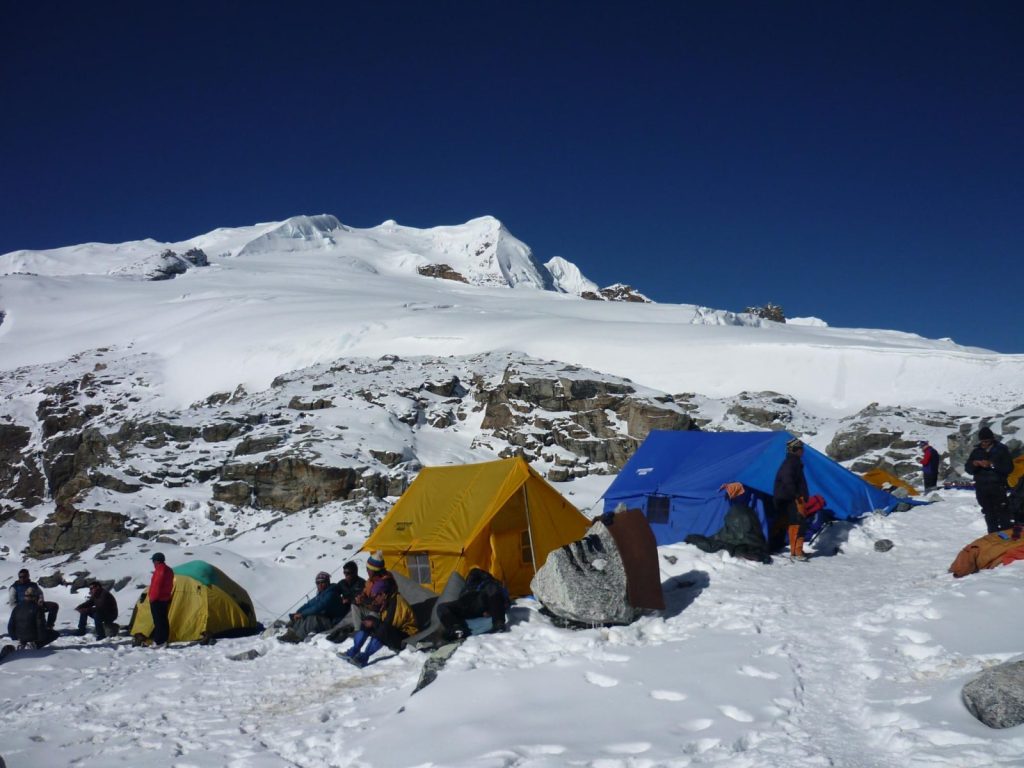
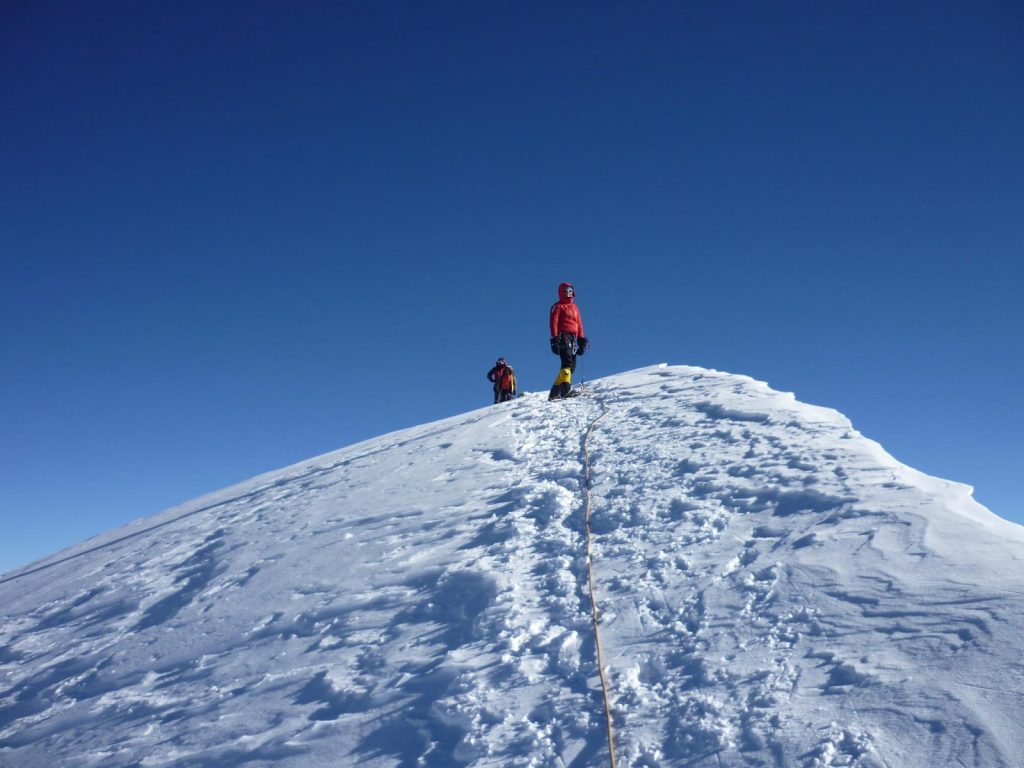
CLIMBING ISLAND PEAK
The expedition not only provides an enjoyable climb but also provides some of the most spectacular scenery of the Himalayas in the Khumbu region. From the village of Dingboche Island Peak is clearly seen at the top of the valley as a pyramid of ice and rock. It was named by Eric Shipton because of its resemblance to an island in a sea of ice. The mountain itself is the extension of the South Ridge of Lhotse Shar separated by a col and the ridge rising to the south from this point leads to the summit of Island Peak.
The approach follows the Chukkung Valley to Base Camp, from which the summit is a challenging 9 to 12 hour round trip depending on conditions. Base Camp is a small area at the base of the mountain right next to the Imja lake. There is a higher camp further up the rocky slope but there is no water there so nobody uses it anymore.
Starting early the walk in the dark follows circuitous rocky paths and scrambles to the snow line. From ‘crampon point’ at the start of the glacier there are numerous crevasses to cross and you will be roped up in groups of three or four. Some of the crevasses are deep and there will be ladders to cross, which are not difficult but do require care and alertness. The route is normally marked with wands and groups only follow one designated ‘path’ on the glacier because there is a danger of falling into slots or hidden crevasses if you stray too far.
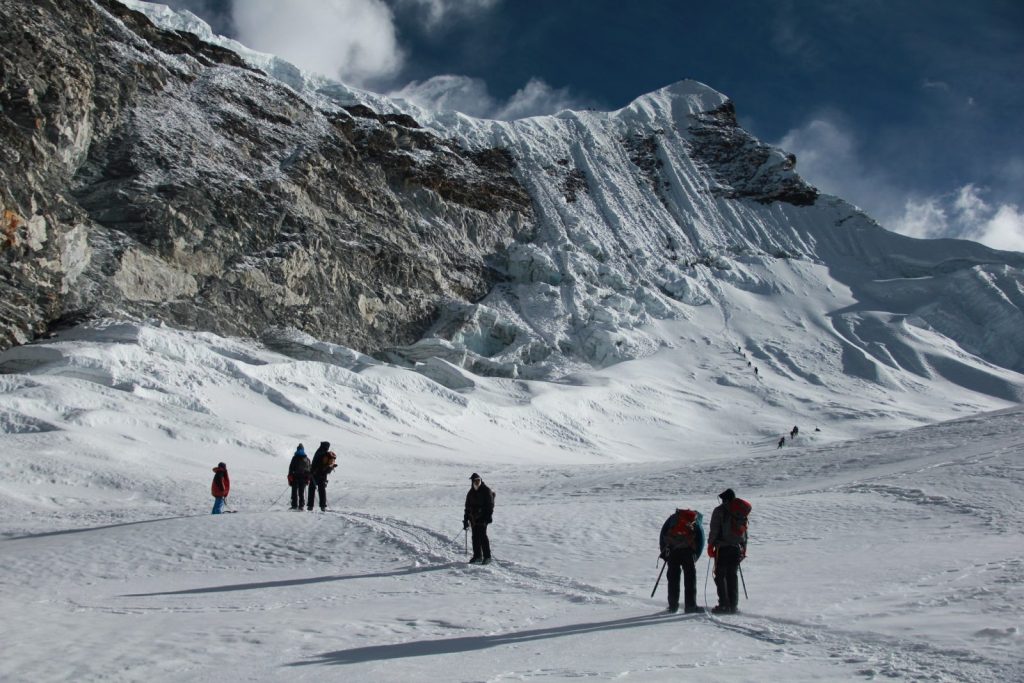
Reaching the base of the headwall there is a 300 metre climb at a maximum of 40 degrees to the summit ridge using jumars on a fixed line. The fixed line extends all the way along an exposed summit ridge about another 300 metres long which is narrow and precipitous but not steep. The top itself is quite small with only enough room for maybe four or five people to stand safely.
After climbing the 300 metre headwall and ascending the exposed summit ridge, the view from the top brings the thrill of Himalayan mountaineering because of the spectacular 360-degree panorama of many of the highest mountains in the world. Seen from the summit, the giant peaks of Nuptse (7,879m), Lhotse (8,501m), Lhotse Middle Peak (8,410m) and Lhotse Shar (8,383m) make a semi-circle to the north. The views of Makalu (8475m) in the east, Baruntse and Ama Dablam in the south add to the 360 panorama.
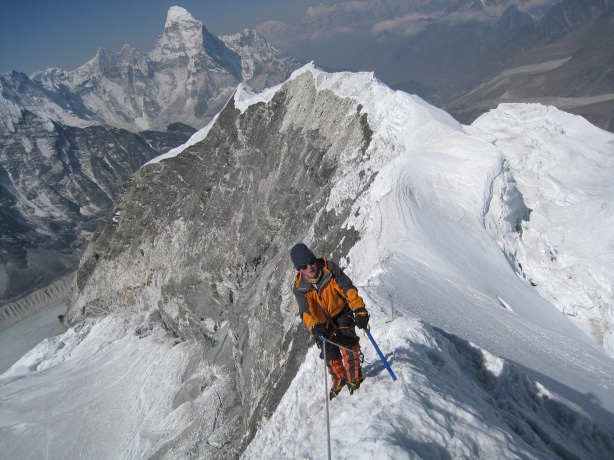
Above: On the final summit ridge of Island Peak with Ama Dablam in the background. Coming back down again you will feel the tiredness but it’s vital to be completely alert. The first section back down the ridge is exposed and at the top of the fixed lines you will need to abseil down the headwall. The initial section is the steepest and there are anchor points every 30 metres or so with easy shelfs to rest on. This is a single line abseil with no top roping so it’s important you are competent and confident in abseiling (or rappelling) by yourself.
Once back on the glacier be very careful coming back in sunlight; the snow will not be as hard packed and people are tired. The descent from the summit back to base can be quick, around three to four hours.
ACCOMMODATION and FOOD
Accommodation on the trek sections are in comfortable lodges run by local families. Each lodge has a central communal area with stove, while the bedrooms are unheated with two beds and mattresses, blanket and pillows. You will need to bring a sleeping bag. The lodges generally have showers which are powered by gas and some use the infamous ‘drop’ toilets, though most now have flush systems now.
Food on the trek is very good quality, and a mixture of local Nepali / Sherpa food and western recipes. The local Dal Bhat or Momos are an excellent choice and burgers & chips are a common meal in the Khumbu Valley, however less likely on the trek to Mera Peak as this area is not as developed, nor busy as the main trail north of Lukla to Everest. You will find everything from beer to batteries to Mars bars available in the lodges and local shops along the trail a Nepal price guide can be found here.
At Mera Peak base and High camp and also Island Peak base camp, we will be in mountain tents usually sleeping two persons per tent. You should bring a 4 season sleeping bag and also a good quality sleeping mat. For lower down you may wish to use a sleeping bag liner to sleep in an open zipped 4 season bag, so that you don’t get too hot.
CLIMBING EXPERIENCE NEEDED FOR MERA PEAK AND ISLAND PEAK
Previous winter mountaineering experience is a bonus however the guides will offer training and practice sessions whilst you’re trekking to the peaks, so you will have time to learn and practice the skills needed – such as clipping into a rope and walking safely within the group. This will mean being comfortable and efficient with equipment like crampons, walking axe, harnesses and karabiners and how to tie in safely to a man rope. Walking safely on a man rope on glaciated ground is all part of the experience.
On the headwall, it will be necessary to use a jumar and safety karabiner attached to your harness to ascend (sometimes known as a ‘cows tail’), and a descender to abseil back down again. This is not the place to abseil for the first time, so please make sure you have gained some training and practise beforehand. The abseil is on a single line and you will be self-reliant.
The crevasses are not too wide, but crossing ladders can be a disconcerting experience. There are handrails attached to snow stakes in the ground, but some people do find it difficult. The best option is to walk across with the crampons placed across the rungs of the ladder, but some people choose to go on hands and knees.
The headwall on Island Peak is not very steep but it looks more daunting from afar and face on. Once on it, you will find there are plenty of places to rest and stand on ledges. It doesn’t seem nearly so steep or difficult. Many people opt to ‘jug’ up the ropes, pulling back on the rope with their jumars and essentially hanging their weight on the line. Sometimes a single line can have several people hanging off it, and this is dangerous. The anchors may have been put in place several days ago, and the rule is never to trust an anchor until you have either put it in yourself or have seen it with your own eyes. So therefore try to climb the route with your crampons points and axe, rather than hanging on the rope.
The summit ridge is quite ‘airy’ with steep drops off to the sides. Therefore you will need to be able to concentrate and keep your composure. This is not a place for people who suffer from vertigo or don’t like precipitous drops. Experience of ridge walking will help and of course a confident attitude which comes from feeling comfortable on your crampons and using your axe. At this stage the guides cannot be alongside you, they will be either behind or in front on you on the rope so most of the work is being done by you alone. Knowing how to move your jumar safely across an anchor safely is vital. It goes without saying that the rule of always keeping clipped in applies here.
MERA PEAK AND ISLAND PEAK SUPPORT TEAM
From your first enquiry and in the build up to your trip you’ll have direct access to experienced and professional guides and climbers for advice or to ask questions. Then, on arrival in Nepal, you’ll meet Tsering, our operations manager in Kathmandu who organises all the staff, equipment, permits and hotel arrangements. He is also the main link between you and the UK office when you are in Nepal.
- You will travel with our qualified, time proven, guides who not only lead trekking groups but are experienced in high altitude expeditions.
- Porters’ health and welfare is constantly monitored by local and UK trekking group leaders.
- All the staff in our UK office have been to Nepal and we are qualified mountain professionals so you can chat to people who understand what it’s like to go up for the first time, before you go.
- We provide insurance cover for all of our Sherpa guides and local staff in the event of an accident or need for repatriation.
- Preparation information and support is available to help you plan.
We advise you to read our advice on altitude health and acclimatising safely.
You can speak directly with Gavin Bate about your proposed climb of Island and Mera Peak and have the benefit of somebody who has climbed the mountain many times and who will go through the whole expedition from start to finish. In the office you will find friendly and knowledgeable staff who will give you the time to discuss through all your preferences and questions.
Our company is properly insured and financially protected, so that your money is safe and you know you are dealing with a tour operator that is correctly set up to manage and run trips like this.
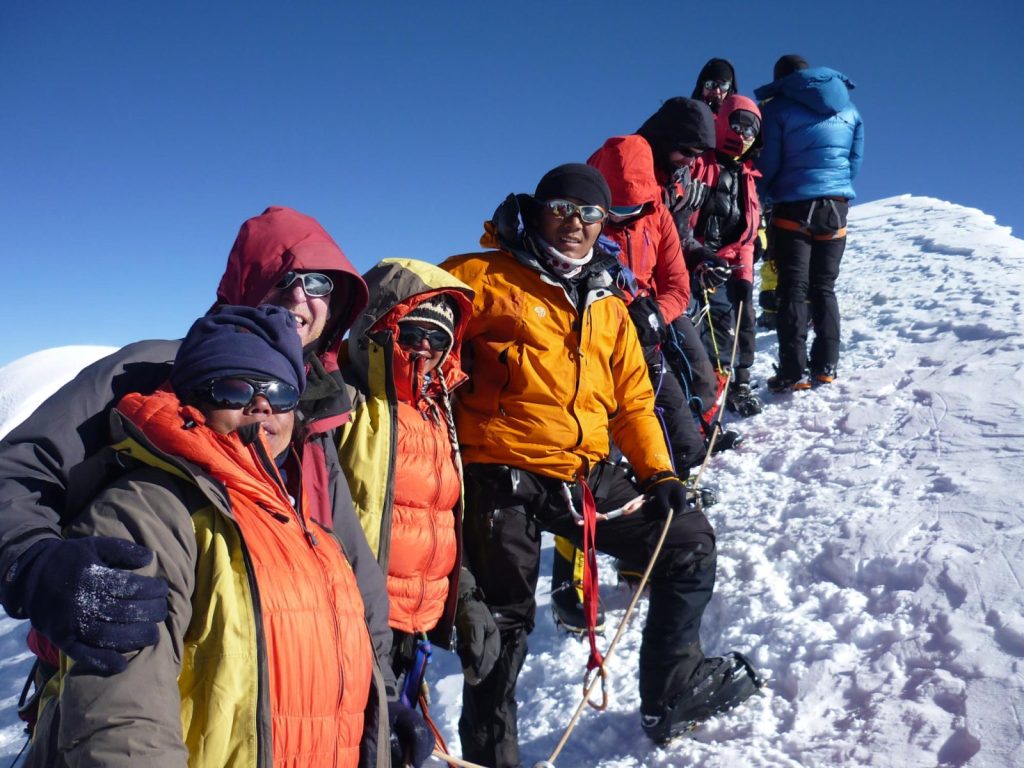
MERA PEAK AND ISLAND PEAK EMERGENCY AND EVACUATION
Helicopter evacuations are the common way of dealing with an emergency in Nepal and there is a very established system for dealing with the logistics. It is obviously important to have travel insurance in place and to be clear on your destination and what you are doing to the insurance company. In the event of an emergency the initial job of moving a casualty will be the responsibility of the team itself and the guide and porters and anybody else nearby. The task will be to move the casualty to the nearest safe place and then to a point where an evacuation can be made. On a Himalayan peak this could be some distance and take some time. Bad weather is the most common reason for delaying helicopter assistance so it’s important to acknowledge that there is a requirement for self-sufficiency and self-management in the mountains.
Horses are commonly used for assisted descent and they normally charge around USD$150.00 per day which needs to be paid in cash. A helicopter evacuation can be organised through your insurance company but there will need to be some direct communication with the insurance company to open a case and explain the circumstances. This will require you to have your policy number, name and address and the date on which you paid for the insurance policy. We don’t normally carry a satellite phone because of the ubiquity of mobile phones now, but it may be necessary to walk some distance to reach a lodge where there is phone connection.
In the case of altitude sickness the best advice is not to take risks and descend. Further ascent can lead rapidly to the much more serious cerebral or pulmonary oedema which is incapacitating, so normally if you are feeling really bad then best to descend while you’re still mobile. There is plenty of literature on acclimatising and using the appropriate drugs but even with medication you should still descend.
KIT AND EQUIPMENT FOR MERA PEAK AND ISLAND PEAK
Full packing list for treks and climbs here.
For Island Peak you will need boots graded at least B1 for crampon use. If you are planning on doing more mountaineering in the future on higher or colder routes it may be worth investing in B2 hybrid or B3 rigid Plastic boots both of which will also be suitable for Island Peak. Full 8000m triple boots are not needed for this climb but could be used if you already have them.
- BAGS – Large Rucksack or duffle bag ~80L (for a porter to carry) + medium daypack ~40L (carried by you)
- SHELL – Top and bottoms
- INSULATION – Warm layered system to keep you warm, down jacket for summit day, sun hat and warm hat
- BASE LAYER – one or two thin layers to wick away sweat and to strip down to when it gets hot
- FEET – Crampon compatible boots, trekking shoes and base camp shoes
- HARDWARE – Crampons, walking axe, alpine harness, descender, jumar, 4 screwgate karabiners, helmet, 2 x 120cm slings, poles
- SLEEPING – 4 to 5 season sleeping bag
- EATING/DRINKING – Water bottles & favorite snacks for during the day, insulated cup, flask
- WASH KIT AND MEDICAL KIT – To allow you to wash and manage minor first aid situations
- ADDITIONAL – Sunglasses, suncream, lipsalve, camera, headtorch
RENTAL ITEMS
We have a number of items which you can rent for this trip and we will have them supplied to you in Kathmandu.
- Mountaineering Harness
- Descender, jumar, Karabiners, slings
- Crampons
- Walking Axe
- Plastic boots or double mountaineering can be rented from the village in Chukkung.
Do have a read of our various Blogs about treks in Nepal and also the ‘More Information’ section, both have tabs on this page and will answer every question you may have! We also have a lot of useful information on our Nepal Preparation page.
Key Information & Guides
General Nepal Information
Health and Safety Guides
Preparation & Kit Guides
Book Your Adventure of a Lifetime Now
Discover our trips to other Countries
Our Nepal Posts
We’re dedicated to helping you make the most of your next adventure trekking holiday. That’s why we’ve created our travel blog full of in-depth trekking guides, travel inspiration and other fantastic information. Having done all of these climbs many times already, we want to pass on our wealth of trekking wisdom to you.
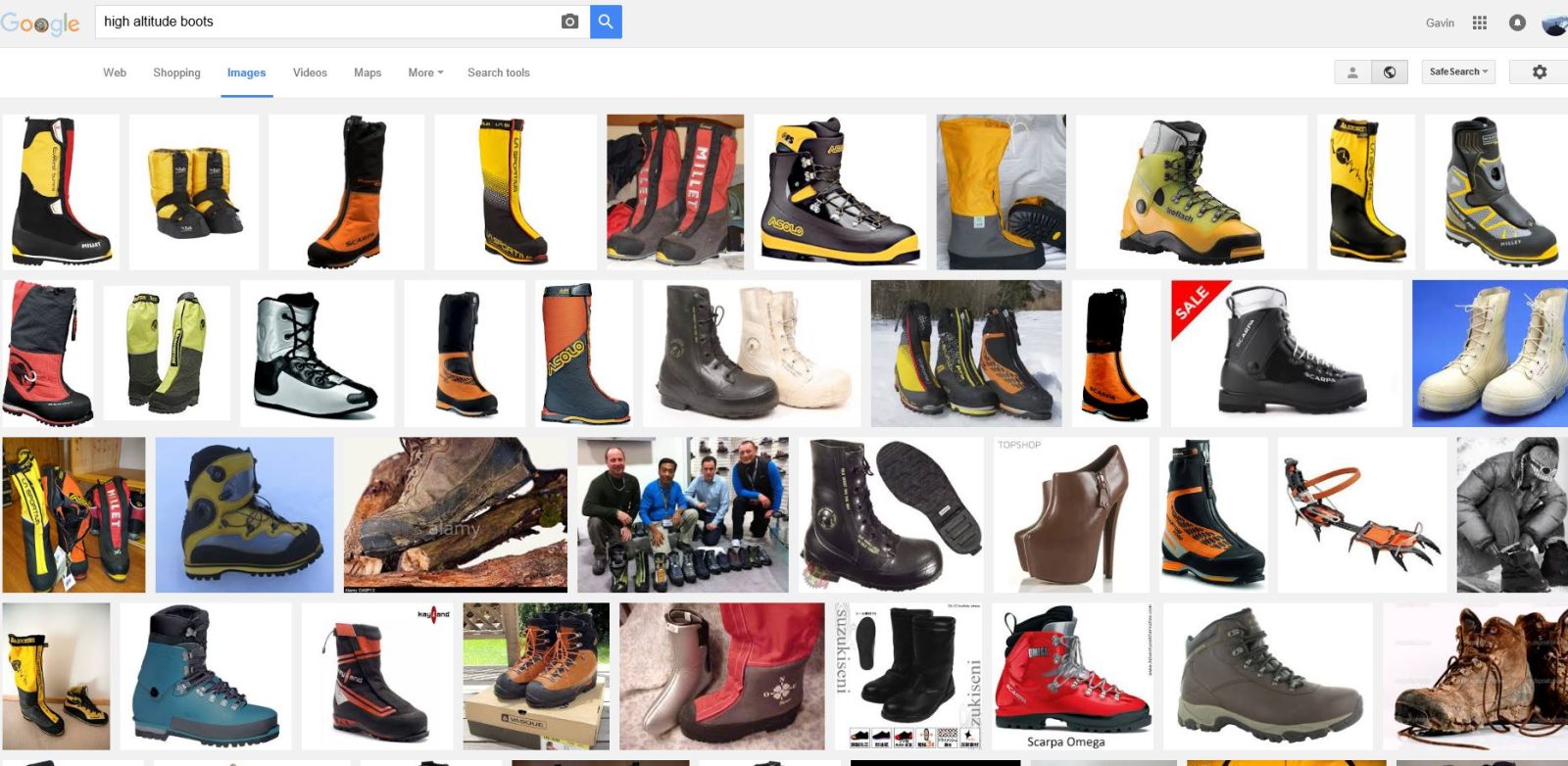
Choosing High Altitude Boots
Twenty years ago things seemed a bit simpler, climbers chose from a narrow range of leather trekking boots and generally a pair of 'double mountain'...
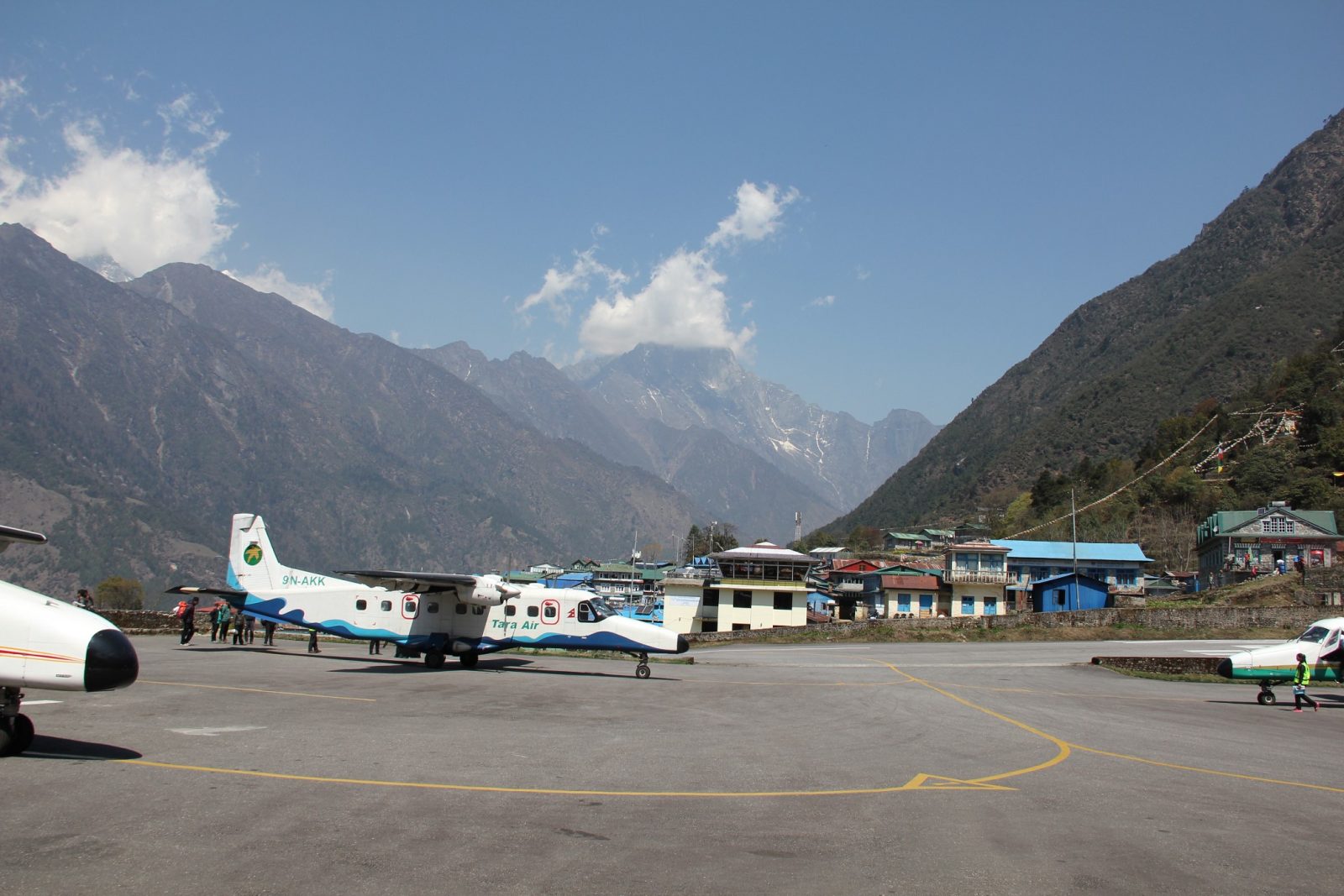
The Road to Everest
It used to be that the quickest way to get to Everest Base Camp was to fly into Lukla airport. Now all that is about to change with the building of...
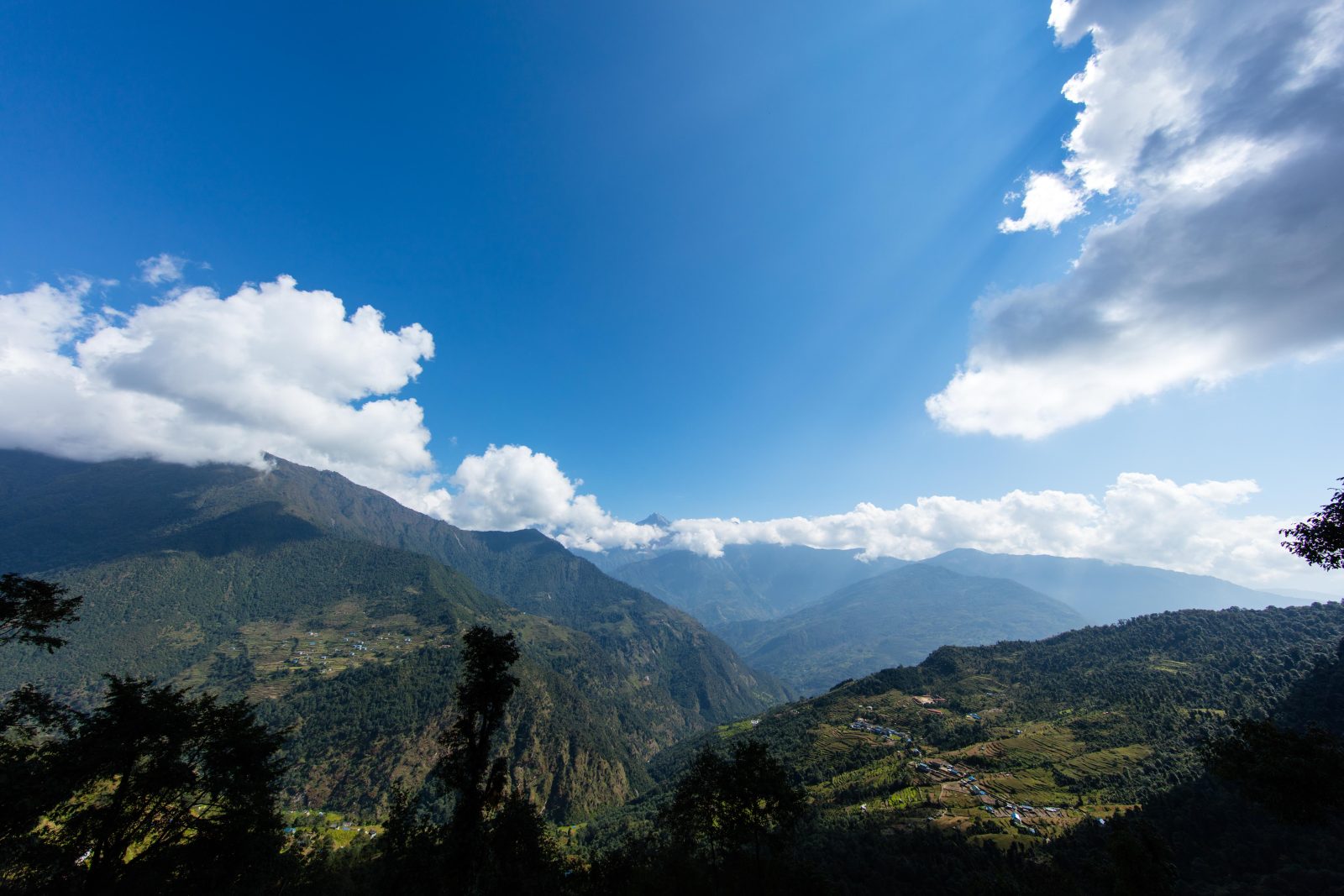
Trekking With Children in Nepal
There are no rules or laws that restrict children trekking in Nepal and it is the perfect place to combine stunning scenery with an incredible...

How Hard is it to Trek to Everest Base camp?
A trek to Everest base camp is a very realistic opportunity for most people who enjoy the outdoors and have a good level of fitness and...
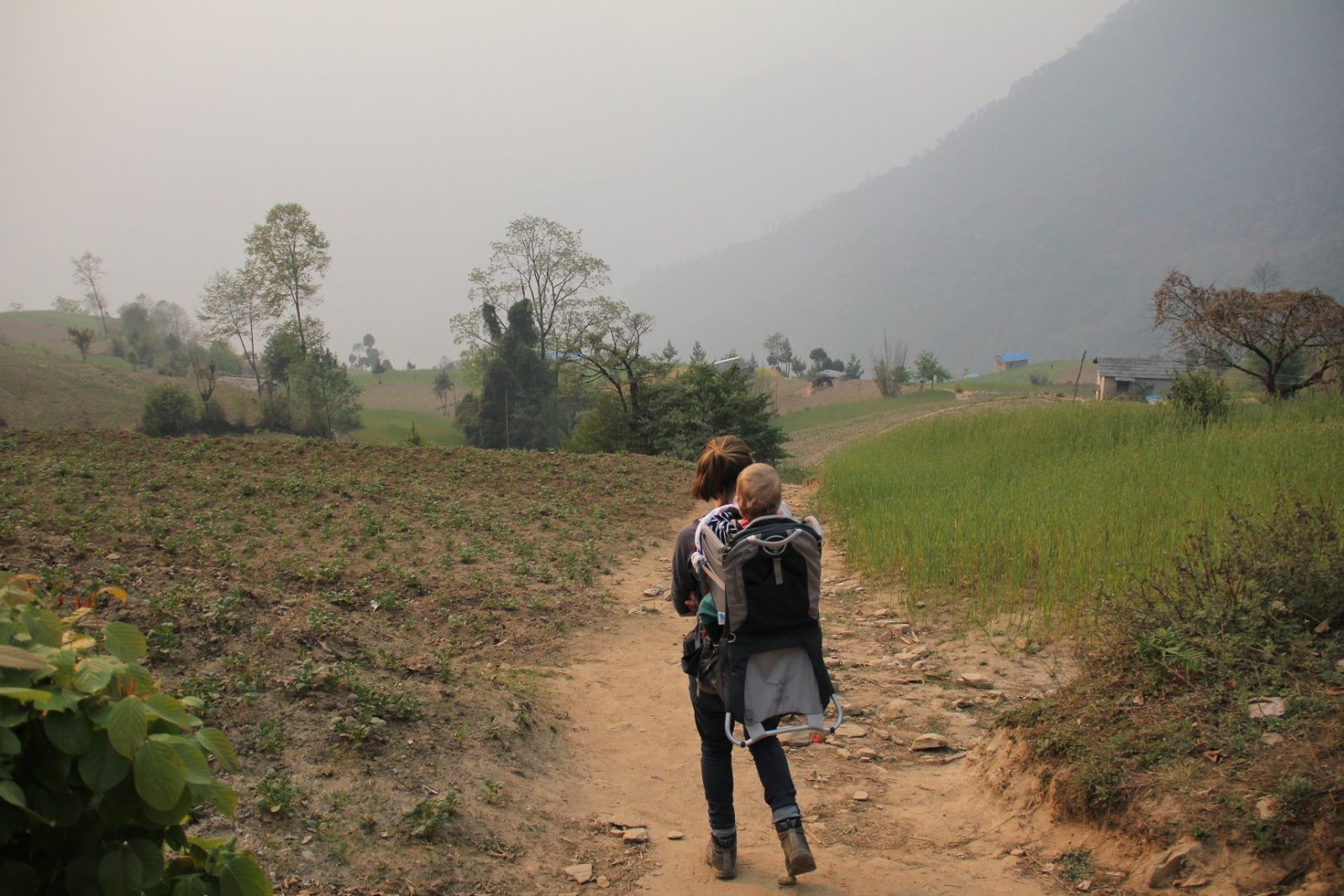
Trekking With Young Children in Nepal
I remember a friend saying he was looking forward to when his children were six or seven years old so that they could go travelling as a family to...
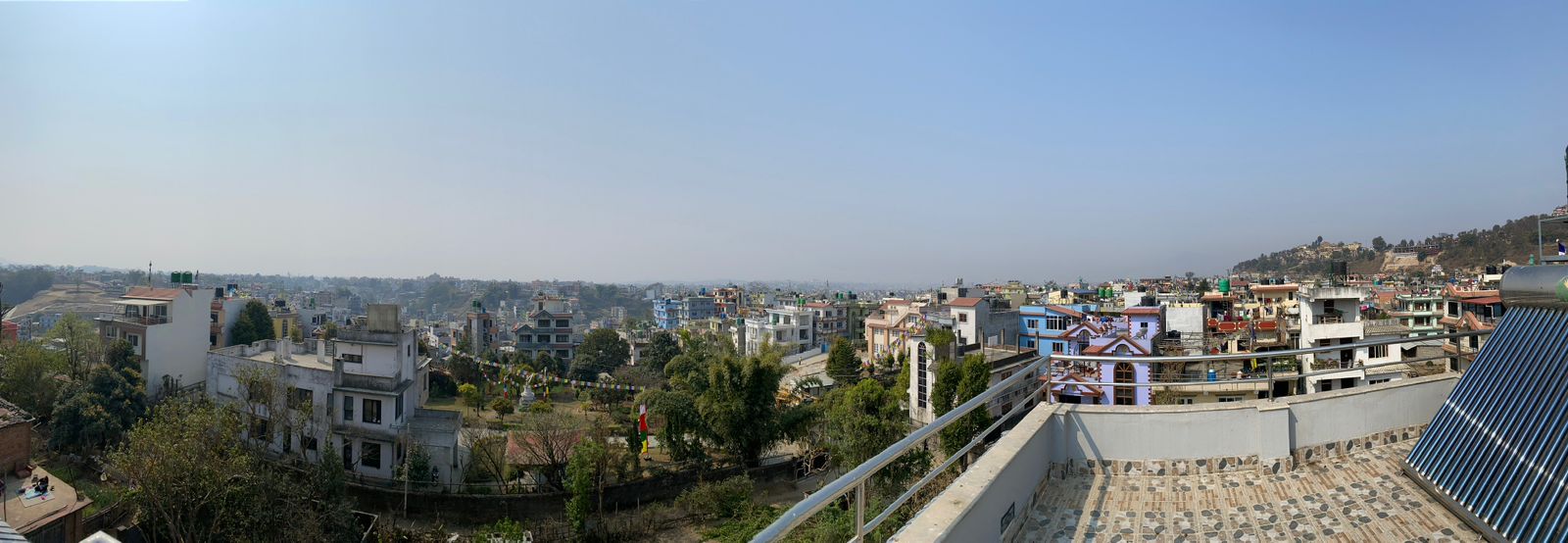
Accommodation in Kathmandu Guest House
We welcome trekkers, climbers, volunteers, medical students and travellers to the Adventure Alternative guest house in Kathmandu where you can get...

